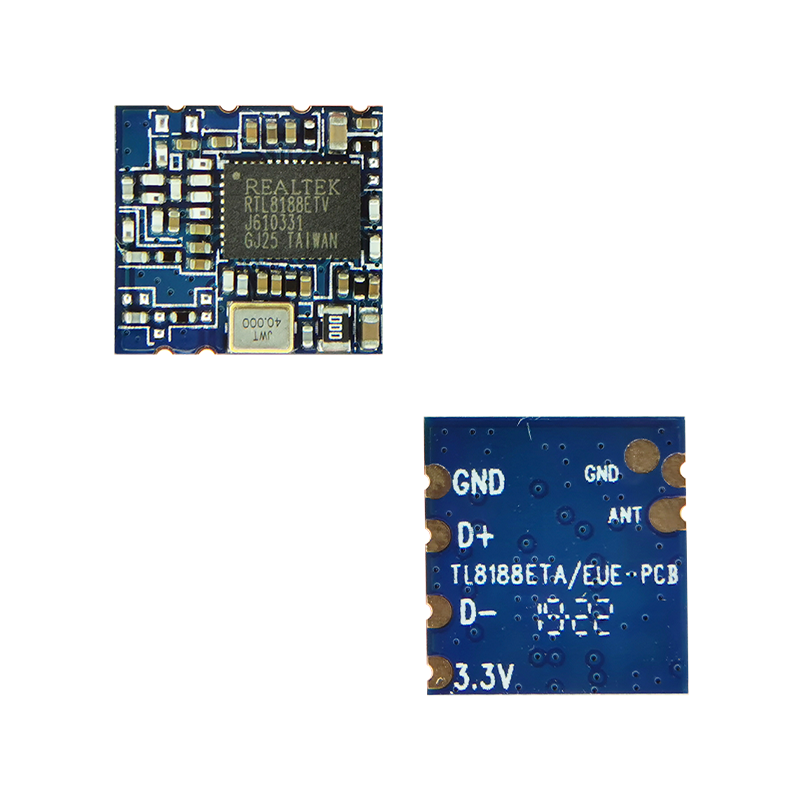
Achieving optimal range and coverage for a WiFi module involves considering various factors that can influence its performance. By understanding these factors, you can determine the range and coverage of your WiFi module effectively.
The transmission power of a WiFi module and the type of antenna used play significant roles in determining its range. Higher transmission power allows signals to travel further, while the type and design of the antenna affect signal directionality and gain. Different antenna options, such as omnidirectional and directional antennas, influence the coverage area.
The environment in which the WiFi module operates greatly impacts its range and coverage. Various obstacles like walls, floors, and other physical structures can block or weaken WiFi signals. Additionally, interference from other electronic devices like microwaves, cordless phones, and neighboring WiFi networks can also affect the signal strength.
The frequency band used by the WiFi module, such as 2.4GHz or 5GHz, affects the range. The 2.4GHz band provides better coverage but can experience more interference, while the 5GHz band offers faster speeds but has a shorter range. The channel width chosen also influences the module's coverage area and performance.
The SNR, which measures the strength of the WiFi signal compared to background noise, helps determine the range and performance of the module. A higher SNR indicates a stronger and more reliable signal, while a lower SNR may result in a decreased range and slower speeds.
The WiFi standards and protocols supported by the module, such as 802.11n, 802.11ac, or 802.11ax, impact both the range and coverage. Newer standards typically offer improved range and faster data transfer speeds. Compatibility with older standards may limit the range and performance of the module.
When determining the range and coverage of a WiFi module, it is crucial to consider factors such as transmission power, antenna type, environmental factors, frequency bands, SNR, and supported WiFi standards. By carefully assessing these factors, you can optimize your WiFi module's performance and achieve the desired range and coverage for your specific application.
 Trolink Joint With Tuya to Make Iot Benefit Every Family
Trolink Joint With Tuya to Make Iot Benefit Every Family
 5 Key Indicators for WiFi Module Selection You Have to Know !
5 Key Indicators for WiFi Module Selection You Have to Know !
 IOT module is the brain of smart products
IOT module is the brain of smart products
 What is the signal coverage range of the WiFi module chip?
What is the signal coverage range of the WiFi module chip?